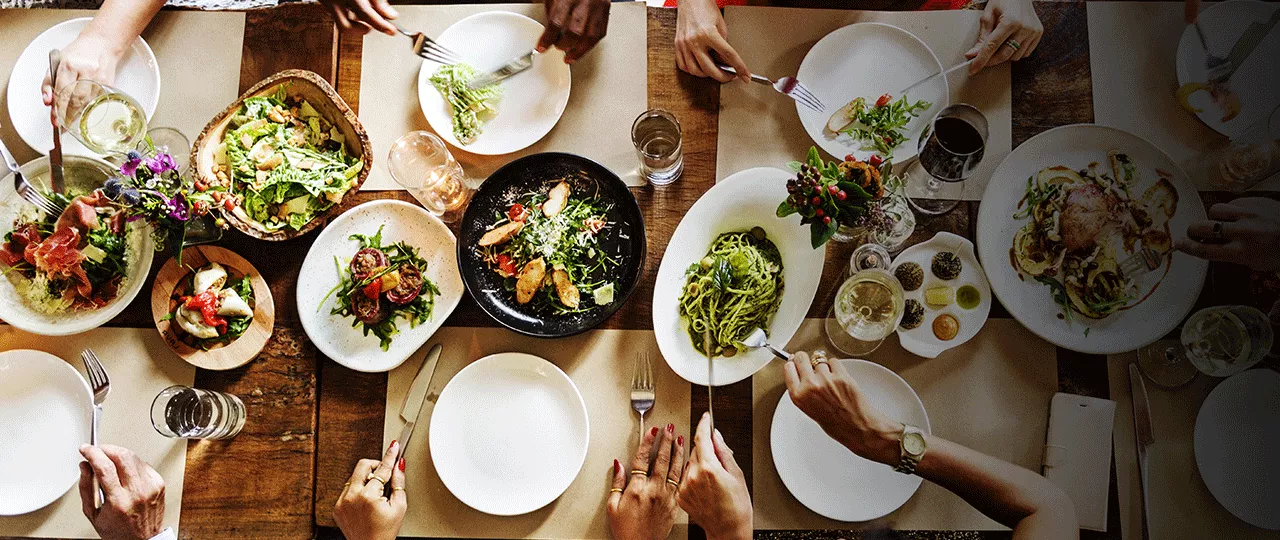
The term ‘foodie’ actually came into being in the 1980s, with books such as The Official Foodie Handbook: be modern—worship food, by Ann Barr and Paul Levy, bringing the term into mainstream use.
However, it seems only recently that Brits’ growing obsession with food has started to really impact strategic thinking in the property industry – most particularly with regards to the vital role that an eating out offer plays in the attractiveness of a wider retail area; be it a shopping centre, retail park or high street.
In part, this is related to the growth of online retail. The ascent of which has impacted comparison goods shopping considerably, focusing consumers’ minds more on what physical retail is actually offering them, and forcing landlords to focus on a more ‘experiential’ retail offer. Something aptly illustrated by a leaf through the major shopping centre REITs’ investor reports, which show them to now be extremely focused on their food & beverage offer.
For example, Hammerson’s half-year 2016 results report that catering and leisure occupiers account for 14% of occupied space within its centres, up from just 6% five years’ previous. Indeed, investors believe this trend is likely to accelerate further, particularly in the large destination shopping centres. In our 2015 research Property Futures, we posited the following hypothesis to investors: “the largest shopping centres to see 50% eating, drinking and leisure use [in the next decade].” The survey results came back with 79% of investors agreeing with the statement.
It’s not just about shopping centres, however. For ‘bricks and mortar’ retail in general, the food and beverage offer is increasingly the most influential part of the mix. Some of the buzziest areas of London are characterised by their eating out offer. For example, Brixton has seen an explosion in town centre visitation since 2009, as Brixton Market has increasingly offered a strong and diverse food offer, and almost acted as an anchor store for the wider retail area. Prime high street rents in Brixton have, not incidentally, risen from sub-£150 psf Zone A in 2009 to almost £300 today. In short: Brixton Market has helped to create significant value for asset owners in the wider area; in economic terms we could call this a positive externality.
The challenge for landlords is that often the most exciting food outlets are not the sort of tenants to sign up to long leases. And in any case, a key part of a really strong eating out offer is an ever-rotating tenant mix e.g. short leases or licenses are an integral part of an attractive offer! Clearly this does not play well with a valuation methodology focused on income security and lease length, on an asset-by-asset basis.
What does all of this mean for landlords and developers?
For investors who own large contiguous stretches of assets, like the old London estates or major shopping centres, the positive externalities we described earlier make the investment case stack up. Exciting, but risky, food and beverage tenants create wider value within the ownership envelope in that particular area. For smaller landlords, or those owning ‘pepper-potted’ portfolios, things are inevitably trickier.
Increasingly, we anticipate a growing focusing on curating the right mix (and quality) of ‘foodie’ tenants as investors seek to cater as effectively possible for changing tastes. With the data available today, from sources like Twitter and Google, this should be a relatively precise science.
Furthermore, we expect the food and beverage offer to play an increasing role in the office market. Our Office Futures: Workshift research published this year surveyed London’s office workers and found that after commuting time, they considered ‘eating out options’ to be a fundamental part of an office location’s attractiveness.
So more food for thought for landlords.
Sorry.
